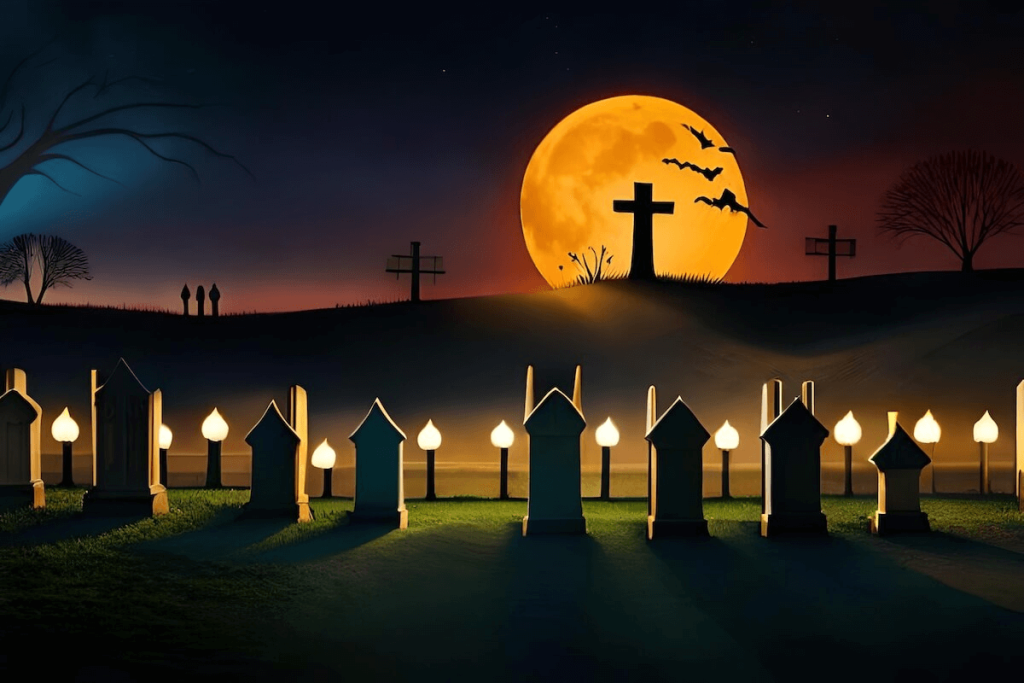
All Saints’ Day and All Souls’ Day (also called All Hallows Day) are universally celebrated. It’s celebrated in many Christian faiths, including Roman Catholic Churches, United Methodist Church, Protestant Churches and other Protestant denominations, Lutheran Churches, Eastern Orthodox Church, and many other Eastern Christianity, to name a few.
Some cultures also have their own iterations of these public holidays. Take Spain and Guatemala’s Todos los Santos (All Saints’ Day) and America and Mexico’s Día de los Muertos (Day of the Dead), for instance. In Filipino tradition, All Saints’ Day and All Souls’ Day are collectively called “Undas.” Undas is considered a public holiday, celebrated on November 1 and 2, respectively. During this period, families take time off work and school for a solemn commemoration of the dead.
With the recent signing of Proclamation No. 359 by the government declaring October 30 as a national holiday this year, the celebration of All Saints Day and All Souls Day may be considered extended. Though the reason for said holiday is for the Barangay and Sangguniang Kabataan Elections, people going home to their hometowns now have the chance to perform their obligations to their towns as well as to their departed loved ones.
History of All Saints’ Day and All Souls’ Day
All Saints’ Day and All Souls’ Day are rooted deeply in Christian history. Eastern Christian churches following the Byzantine tradition held an annual feast to honor all the saints collectively in the Middle Ages. These include holy martyrs and locally venerated saints, who they believed interceded for them. All Saints’ Day falls typically on the first Sunday after Pentecost, which led to it being called “Saints’ Sunday.”
In the 10th century, a priest of the Catholic Church, St. Odily of Cluny, instituted a day to pay respects and pray for all the bishops and faithful departed. During early Christian times, they believed that people’s souls go to purgatory after they die and wait to enter heaven. They believed that dedicating a day to pray and have special scriptural readings for the departed faithful helps their souls ascend to heaven.
Eventually, the annual festivities were united under a single name: Allhallowtide. This constitutes All Hallows’ Eve (today’s Halloween), All Saints’ Day, and All Souls’ Day.
How Do Filipinos Celebrate All Saints’ Day and All Souls’ Day?
The Philippines is still heavily influenced by Western Christianity to this day. All Saints’ Day and All Souls’ Day are celebrated in many faiths as a holy day. Through the years, cultures and traditions have bloomed alongside the religious practices passed down from early Christians.
Here are some of the Undas celebrations that you can take part in this year:
“Pangangaluluwa”
Undas officially begins with the Filipino Halloween tradition of pangangaluluwa. This tradition involves a local church congregation or community going door to door to serenade households with most familiar tune from the church. In return, they are given tokens (such as rice cakes or kakanin) meant to be delivered to the world of the dead. The National Commission for the Culture and the Arts says that this tradition is associated with the superstition that the door between the living world and the dead opens on the Saint’s Day. The singing is meant to help malevolent and restless spirits find the tokens they’re offered.
Roman Catholic Obligation: Lighting Candles And Offering Prayers
One of the lingering traditions from the holiday’s long Christian history is the lighting of candles on family graves. Families visit their dead relatives in cemeteries to offer candles and prayers. The Roman Catholic Church typically holds mass during Araw ng Mga Patay along with special hymns and readings to help guide the souls towards heaven.
Novena Prayers
Some families pray the “Undas Novena” or nine-day prayer novena leading up to All Saints’ and All Souls’ Days to remember and offer prayers for their deceased loved ones. For many, remembering the holy Saints and deceased family members starts a few days before Undas. During this practice, family members pray together every day for the souls of their loved ones.
Pista Minatay
Some family members bring their deceased relatives’ favorite food and snacks. This practice is called “Pista Minatay.” This feast is left in bowls and plates and offered up on tombstones and family graveyards. This tradition is also an excellent opportunity to spend more time with the family, telling stories and treasuring memories of their loved ones. This creates a festive atmosphere for an otherwise somber public holiday.
Special Masses And Church Services
Any Christian Church considers Undas a holy day. Even if All Saints’ Day or All Souls’ Day falls on a Sunday, there would still be special prayers in addition to normal Sunday services dedicated to all the saints, all the Christian martyrs, and all the souls of the faithful. Some offer face to face masses and some, catholic online masses.
During these services, families put forth their intentions for their departed loved ones. They would even ask the guidance of the Virgin Mary, holy apostles, and saints to guide the souls of their departed relatives.
Conclusion
Whether you practice a devout life or not, you can take All Saints’ Day and All Souls’ Day as a day of commemoration. You can remember saints who can intercede and help pray for you and your deceased loved ones. Take the national holiday to visit the cemetery and light candles in honor of family members and friends who have passed.

Check out our House and Lot for Sale Properties
Discover our house and lot for sale properties in the Philippines


